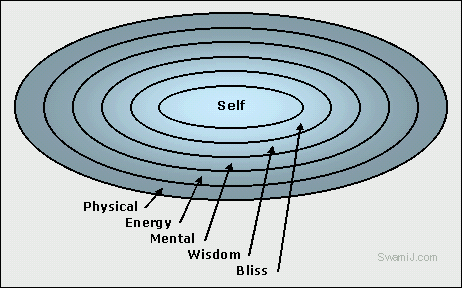Russia Plans to Sink the International Space Station in 2020
Published July 27, 2011
Russia's space agency announced Wednesday that the International Space Station -- a space base the world's scientists and billions of U.S. tax dollars helped build and maintain some 200 miles above the surface of the Earth -- will be de-orbited and allowed to sink into the Pacific Ocean in 2020, just like its Russian predecessor, Mir.
"We will be forced to sink the ISS. We cannot leave it in orbit as it is a very complicated and a heavy object," Roscosmos' deputy head Vitaly Davydov said in an interview posted on the agency's website.
"We have agreed with our partners that the ISS would function roughly until 2020," he noted.
After sinking hundreds of millions into construction of the space station -- billions if you include the cost of the space shuttle flights that carried the ISS modules into orbit -- knowledgeable government sources and NASA spokesmen were aghast at Davydov's plans to sink the station in the ocean.
This isn't the first time I've seen Russia come out with a statement that seems to be coming out of their own stovepipes," one congressional representative told FoxNews.com. "I would give it no credence at all."
"We wouldn't allow astronauts to be on the station if there's a sense that it's limping along," he added.
NASA agreed to construct the International Space Station on January 29, 1998, in conjunction with representatives from Canada, members of the European Space Agency (ESA), and Japanese and Russian space scientists. And the space agency clearly has a different vision for the station than Russia.
"The partnership is currently working to certify on-orbit elements through 2028," NASA spokesman Joshua Buck told FoxNews.com.
Buck noted that an international panel including the U.S. and Russia met in March to evaluate the future of the space station. They identified no constraints on continuing operation through 2020 -- and at the time, emphasized their common intent to continue operation of the world's first space base into the next decade.
It was not immediately clear why Davydov made the abrupt change. Russia's space agency did not immediately respond to FoxNews.com requests for clarification. U.S Senator Bill Nelson, a former astronaut and a congressional expert on NASA, told FoxNews.com the Russian comments were intended mainly to mitigate concerns about the growing issue of space junk.
"All the Russians are saying is that when the time comes to shut the station down -- whenever that is -- it will have to be brought from orbit in a planned 'crash' so there’s no space junk left behind or debris that falls in populated areas."
The Roscosmos comments come a day after the U.S. space agency met with the International board managing the ISS -- the most politically complex space exploration program ever undertaken -- to discuss not the end of the base but how to use it as a test bed for future tech and science projects.
NASA characterized the meeting dramatically differently, noting that potential future projects about the station include supporting voyages to an asteroid or Mars, or assisting in the development of a permanent base on the moon.
The space station represents a massive, worldwide accomplishment, spanning an area the size of a football field. It has been continuously occupied for nearly 11 years, and has travelled more than 1.5 billion miles -- the equivalent of eight round trips to the Sun -- over the course of 57,361 orbits around the Earth, NASA notes.
Deorbiting the station in 2020 simply hasn't been discussed at all, knowledgeable sources told FoxNews.com.
I have no idea where they came out with that date," a congressional source told FoxNews.com. "NASA would have advised us ahead of time if there were any agreement along those lines."
"There's a presumption that Congress and the White House fully expects ISS to be up and viable through at least 2020."
Roscosmos' plans for space after sinking the ISS were not immediately clear. Asked whether a new space station will be built, Davydov said "there are several possibilities."
Meanwhile, China moves ahead with plans for a competing space station of its own. China has an ambitious, decade-long plan beginning with the Tiangong-1 module the country plans to launch this year, which will culminate in a large space station around 2020.
During the projected one- to two-year lifetime of Tiangong-1 -- which means "Heavenly Palace" in Chinese -- an unpiloted Chinese Shenzhou-8 spacecraft will first attempt to dock with the platform, to be followed later by two piloted Shezhou missions to further hone rendezvous and docking skills, according to a report on Space.com.
The Mir space station was in operation from 1983 to 1998 before being sunk in the Pacific Ocean in a "spacecraft cemetery" not far from Christmas Island in 2000.
Read more: http://www.foxnews.com/scitech/2011/07/27/russia-plans-to-sink-international-space-station-in-2020/#ixzz1TLFCmXkO



